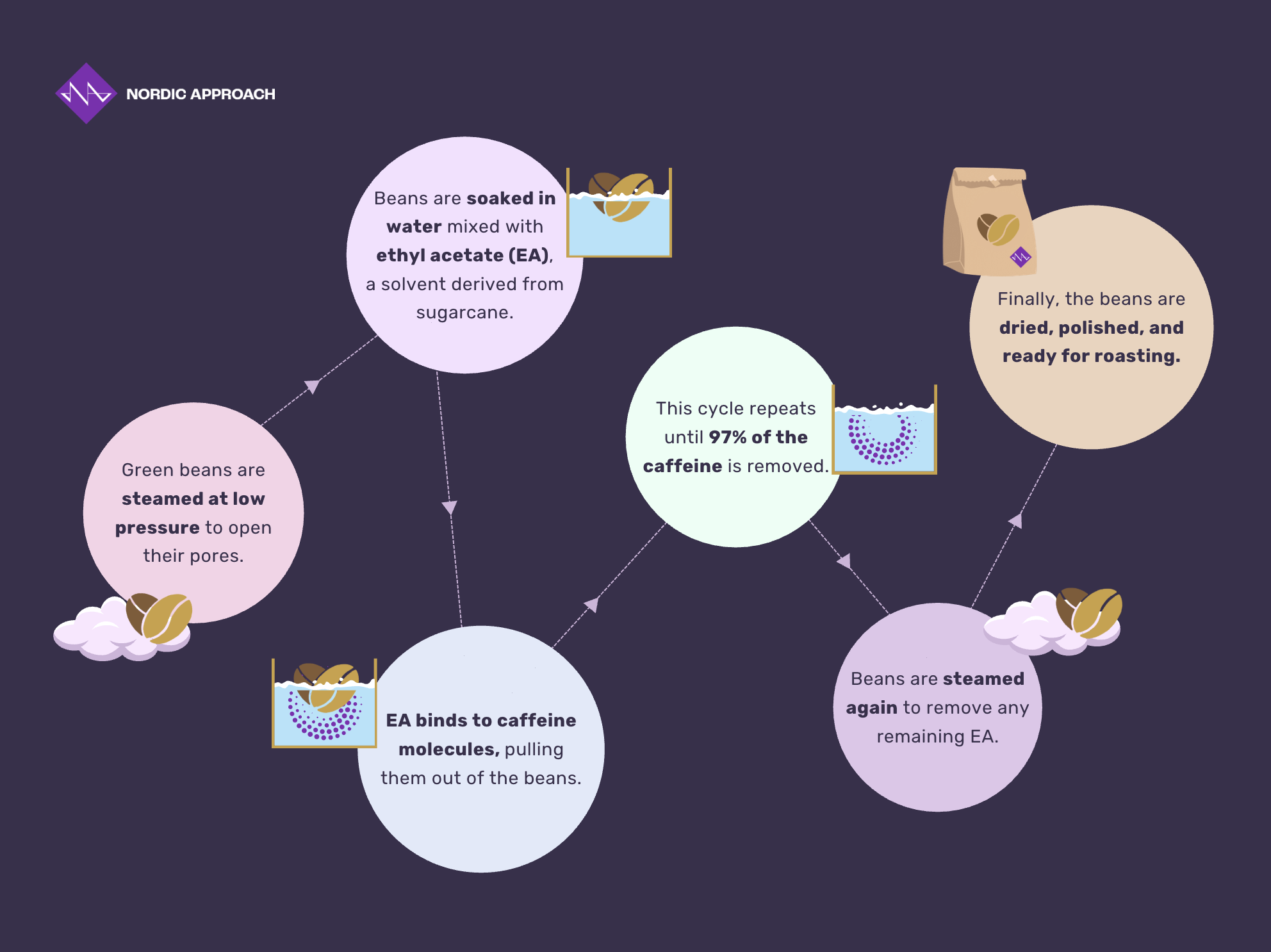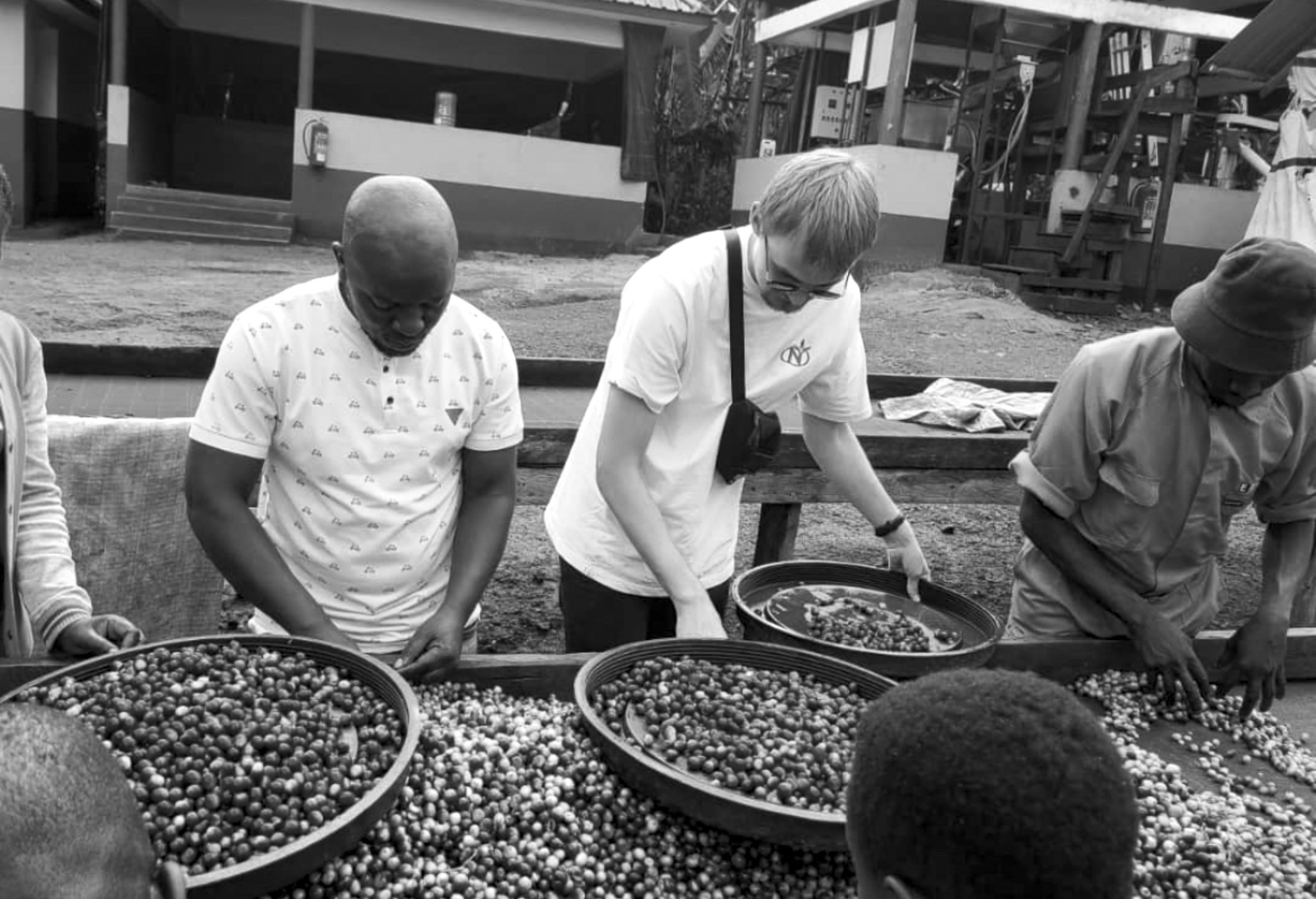When buying Ethiopian coffee, you’ve likely encountered the term ‘Heirloom’, which refers to a broad range of native varieties. We often get questions from customers about why we don't separate these varieties, and the short answer is that it's more complex than you might think. For the long answer, keep reading.
Ethiopian Heirloom varieties include a diverse range of indigenous coffee plants native to the country that can be separated into two main groups: JARC varieties and landraces.
JARC varieties are designed and improved by the Jimma Agricultural Research Centre to evolve into coffee plants with more appealing traits, like better disease immunity for example. Unlike commercial hybrids, these types have not been extensively bred or altered, preserving Ethiopia's genetic diversity as much as possible.
Regional landraces are wild, mixed coffee trees, known for their unique and complex flavour profiles. These varieties often exhibit fruity, floral, and spicy notes, along with bright acidity and a full body.

The challenges with variety separation
There are thousands of indigenous Heirloom coffee varieties in Ethiopia, reflecting the incredible genetic diversity of the country. However, this also comes hand in hand with challenges when trying to separate them.
First off, there is no comprehensive system for the formal classification and separation of coffee varieties in Ethiopia. Except for the JARC varieties, the wild landrace varieties are very diverse and grow in remote coffee-growing regions. This makes it logistically challenging to implement systematic separation and classification.
Second, suppliers cannot regularly provide reliable information about specific varieties due to the scale and setup of farming. They sometimes will provide us with 2 or 3 prominent varieties within an area, but it is impossible to know which exact varieties have gone into a 200 bag lot – unless you’re buying a single-farmer lot or there has been a seed distribution program in the area.
This is because most Ethiopian coffee is sourced from washing stations that buy cherries from hundreds of local farmers. All of these farmers grow a different mix of various local strains rather than single, identifiable varieties.
Long story short, this is why we label most Nordic Approach coffees as "Heirloom." Although it is a broader term, it reliably includes all varieties without mislabeling or misleading our customers.
“It is much more honest to use an all-inclusive term. From my experience, there is a lot of pressure from the industry to sell ‘single-variety’ or ‘single-farmer’ coffee, and unfortunately, we see a lot of Ethiopian coffees labelled as such within the market (without it necessarily being true). As a buyer, I feel like it is near impossible to separate the wild, indigenous varieties of the hundreds of farmers delivering cherry to all the processing sites we work with across the country. To ensure traceability, we focus on other aspects of the supply chain that we can actually control and that contribute to the quality of the coffees we source”, says Adham Yonis, our Ethiopia Country Manager.
Balancing reality versus traceability
As a buyer or roaster, we can see why it's attractive to drive discussion around the traceability of varietals. However, as Adham points out, “Mixed indigenous Heirloom should not be seen as a taboo. It is part of what makes Ethiopia’s coffee so tasty and different”.
“As buyers, we should focus on supporting farmers and adding value to the supply chain, rather than separating varieties that don't necessarily need to be separated. We are blessed with such a diverse landscape that produces excellent coffee, so why fix something that’s not broken?”, he adds.
Ethiopia’s distinct climatic conditions, rich soils, and diverse terrain are elements that contribute to the flavour profiles we all know and love. For example, if we were to advocate for the cultivation of a single variety in a specific area, could we potentially lose some of the characteristics that make Ethiopian coffee so valued?
While traceability in Ethiopia is indeed challenging, at the end of the day, the term "Heirloom" reflects the reality of Ethiopian cultivation.






